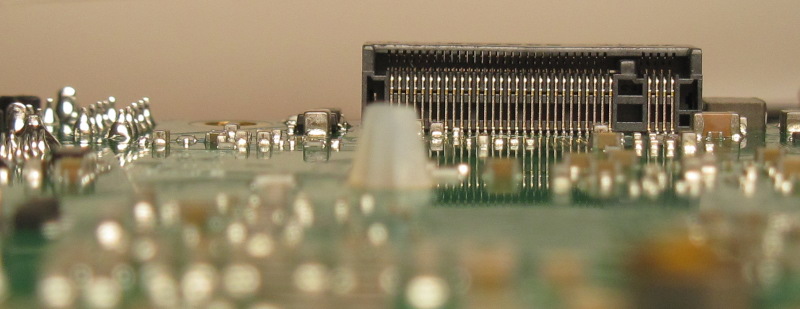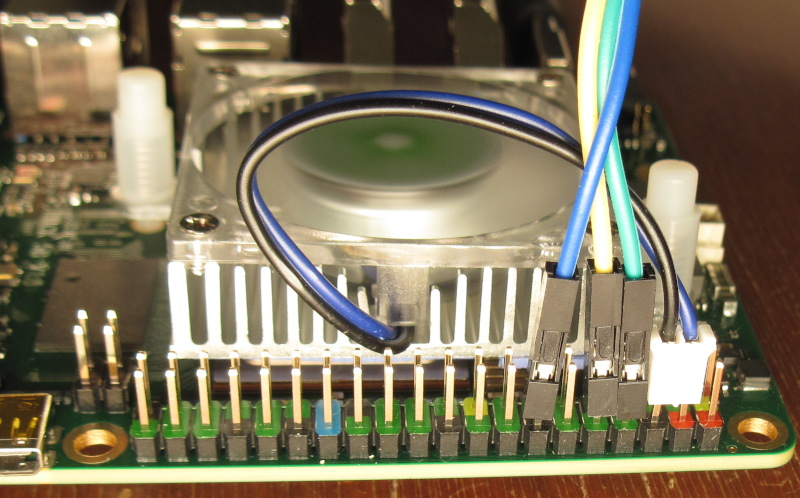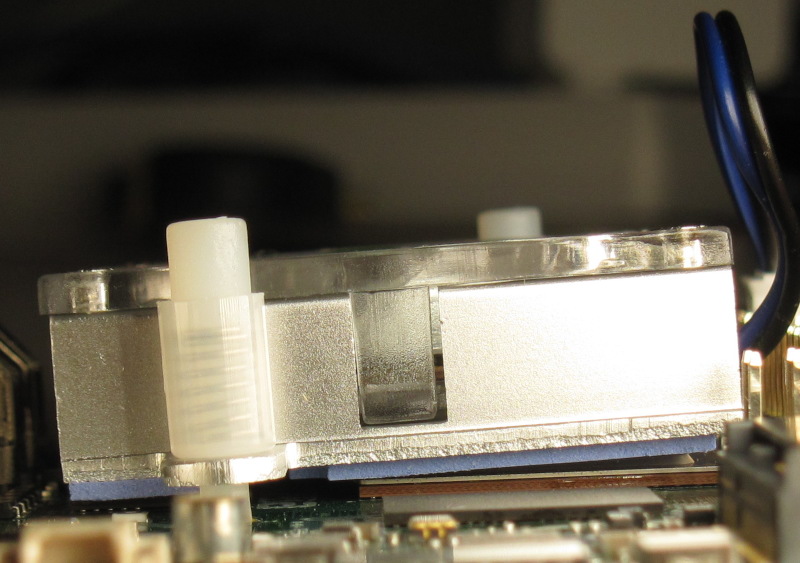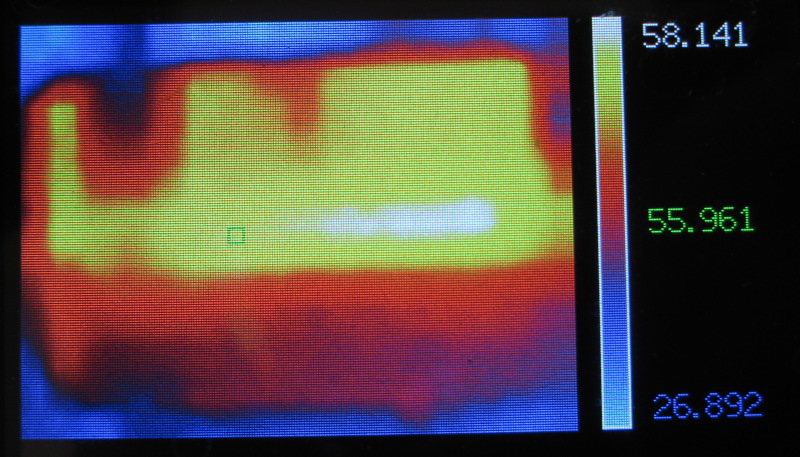I received mine as well and couldn’t resist running a few tests.
Man, this board is fast… amazingly fast! We’re seeing a great product come here.
Mine is configured to top at 2.304 GHz, I don’t know how Thomas got 2.400 in his tests. I noticed that the two A76 clusters don’t run at exactly the same frequency, cores 4 and 5 are reported as running at 2286-2290 MHz while cores 6 and 7 are measured at 2308 MHz. I suspect that something is disturbing cores 4-5 or maybe it’s someting internal, but quite frankly that’s a minor detail.
I could measure inter-core latency for atomic operations. It’s overall uniform across the 8 cores because they all share the same L3 cache, which is great. The values are excellent (27-28ns for R/O accesses, 56ns for A55 to anything, 67ns for A76-A76) and much better than the last Xeons I tested.
I have also run my usual build test. The build times are the shortest I’ve seen to date on this test, x86 included, and they’re twice as fast as the Odroid-N2+ at 2.4 GHz, which was the previous winner ( http://wiki.ant-computing.com/Choosing_a_processor_for_a_build_farm ).
As Thomas also noticed, the memory performance is excellent, and definitely participates to the very high build speed (since gcc is extremely sensitive to both latency and bandwidth). Having 4 channels very likely maintains low latencies even when all cores are loaded.
I also noticed that an extlinux.conf is used to pass the kernel parameters. Thanks for that! It’s so much easier than having to figure how to fiddle with a boot_param variable in a u-boot environment!
Oh and by the way, the board doesn’t particularly heat up during build sessions, so it seems like great components were chosen.
I noticed two small problems on the hardware layout though, that were already suspected from the photos. The holes for the heat sink not being centered around the SoC make it almost not touch the SoC (I’ll try to upload photos). This can certainly be arranged by placing something as high as the SoC at the opposite side. The second problem is the location of the heat shink hole that goes directly under the M.2 location. The plastic part is particularly high and I think it will cause trouble with some M.2 boards, though with flat screws it shouldn’t be a problem.





